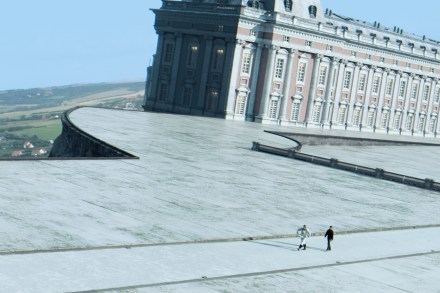118 minutes too long: The Picture of Dorian Gray, at the Theatre Royal Haymarket, reviewed
Sarah Snook, who appeared in Succession, takes centre stage in Kip Williams’s adaptation of Oscar Wilde’s only novel. The best thing about The Picture of Dorian Gray is the narrative premise: a young aristocrat commissions a portrait of himself and the image grows old while he retains his youthful good looks. It’s a ghost story, really, and Dorian ‘dies’ when the portrait is completed and then haunts his own life as an ageless and untouchable spirit. Wilde used the book as a literary showcase for his aphorisms. On ageing: ‘The tragedy of old age is not that one is old, but that one is young.’ Imagine Orson Welles declaiming the





















